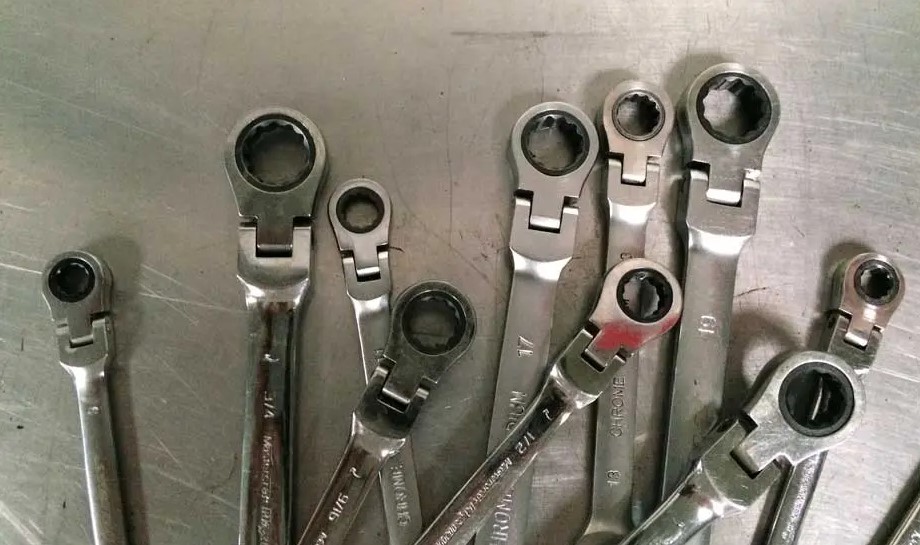
Spanners are an important and widely used tool, found in most tool boxes. They are designed to maximise leverage and torque when tightening and loosening fasteners such as nuts and bolt.
When do I need a spanner?
Spanners are designed for a variety of uses. Whenever you need to bolt two pieces of metal or wood together, a spanner is required. You may need a spanner to install a tap or stop it leaking or when working on your engine or machinery.
Which spanner should I use?
The starting point is to make sure that your spanner is the right size for the nut or bolt. An oversized spanner results in a weakened grip while a spanner that is too small will not be able to sit over the fastener. You also need the right spanner for the specific job.
Open ended
An open-ended spanner is a common type of spanner and easily available. It is operated by placing inserting the nut or bolt into the end, matching the sides. You can use this for tightening or loosening any kind of nut or bolt in a situation where you have plenty of space.
Ring or ratchet spanner
Another common type of spanner is the ratchet spanner or wrench. When working with fasteners in tight locations such as inside an engine, the ratchet spanner provides excellent leverage and can be used in both directions.
Double ended spanners are also available and conveniently come with a different size or type of spanner on each side.
Other spanners
There are many different types of spanners designed for use with a range of fasteners such as sockets, spark plugs, taps and pipe fittings. Using the right spanner ensures you don’t damage the item and makes the job easier and more efficient. Adjustable spanners are also available and come in handy around the workshop.
How do I use a spanner?
- Now you have the right tool for the task at hand, place the spanner over the nut or fastener leaving yourself enough leverage to pull towards you. Turn anti-clockwise to loosen and clockwise to tighten. Pulling rather than pushing allows greater control, and less damage to the knuckles.
- Make sure the spanner is firmly over the fastener and ease it toward you. Put pressure on the handle to release the nut. When tightening, keep turning the spanner handle until it slips, which indicates it has reached its tightest point.
- Never use your spanner as a hammer.
Storage and Maintenance
Your spanners will serve you for a long time if you keep them clean and well maintained. If your spanner set does not come with its own case, purchase a pouch or tool box that provides spaces for your spanners. This prevents damage to the metal and helps keep your set together. Wipe clean before you put them away.
In your workshop, spanners will be a must-have item. Get the best quality spanner for the purpose from the experts at RS-Online.

